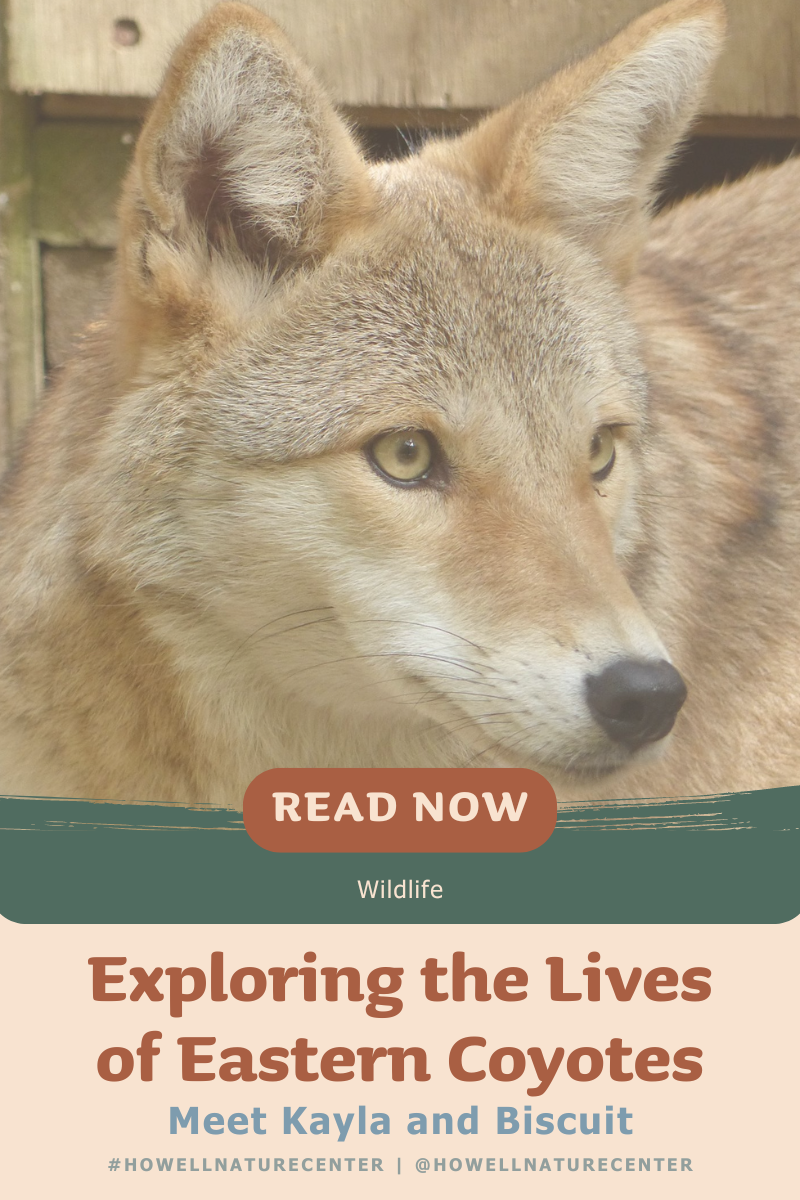Join us on a journey to uncover the fascinating behaviors and adaptations of two eastern coyotes, Kala and Biscuit. Their individual characteristics and habits offer a unique perspective on the species’ ability to thrive in diverse environments, shedding light on the complex dynamics of wildlife ecology.
Understanding Kala and Biscuit
Kala: A Study in Adaptation
Kala, distinguishable by her light, almost blonde coat, offers a unique opportunity to observe the adaptive strategies of coyotes in their natural habitat. Born in 2013, Kala’s behavior, such as her tendency to stay under cover in areas like fallen trees, is a reflection of the coyote’s natural instinct for camouflage and protection from elements and predators.
Biscuit: Youthful Exploration
Biscuit, with his darker coat marked by shades of brown and black, embodies the explorative and adaptive nature of young coyotes. His presence in more open areas despite being born in 2023 indicates a period of learning and adaptation, where exposure to various elements of their environment is crucial for developing survival skills.
Both Kala and Biscuit’s behaviors are not expressions of their emotions but rather innate responses to their environment, showcasing the survival strategies of eastern coyotes.
The Eastern Coyote: An Ecological Overview
Eastern coyotes, often misunderstood, play a pivotal role in maintaining the ecological balance through their behaviors and dietary habits.
Solitary Yet Social
Contrary to the common perception of coyotes as pack animals, they often exhibit solitary behavior or form small familial groups, particularly when raising pups. This social structure is crucial for their survival, reducing competition for food and increasing the success rate of offspring.
Diet and Adaptability
Coyotes have a diverse diet, ranging from small mammals like rabbits and mice to insects and fruits, demonstrating their adaptability to various ecosystems. This opportunistic feeding behavior is key to their ability to survive in both rural and urban environments.
Promoting Harmonious Coexistence
As human habitats increasingly overlap with those of coyotes, understanding and respecting their natural behaviors is essential for peaceful coexistence.
Securing Attractants
One practical step is securing food sources such as garbage and pet food, which can attract coyotes into human spaces, inadvertently leading to conflicts.
Educational Outreach
Increased awareness and education about coyote behavior, dietary habits, and ecological roles can help dispel myths and foster a more informed perspective on these animals, leading to better coexistence strategies.
Conclusion: A Path Forward
The exploration of Kala and Biscuit’s lives provides valuable insights into the complex world of eastern coyotes. By understanding their natural behaviors and ecological roles, we can appreciate their presence and work towards strategies that allow humans and coyotes to share the landscape responsibly and harmoniously. This journey of discovery underscores the importance of education and respect for wildlife in fostering a balanced and sustainable coexistence.


